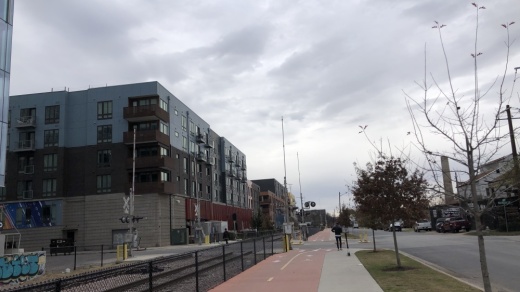However, after a wave of applications during the Thanksgiving holiday, the county paused the application process on Dec. 5, because of concerns that the program could run out of funding.
Now, county staff said that of the estimated $2 million in outstanding rental aid, there is a roughly $400,000 shortfall between initial ERAP and approved applications. In order to make up that difference, Travis County commissioners unanimously approved a measure to shift unspent dollars from the Local Fiscal Recovery Fund.
“We have then gone back and looked at what the court approved under the LFRF for rental assistance staff. ... Because not all the positions started on July 2021, there are some one-time savings that will never likely be spent just because those positions started at different times,” Travis County Budget Director Travis Gatlin said.
The county had also previously applied for an additional $7.8 million allocation from the U.S. Treasury, but County Executive Sherri Fleming told commissioners during a Jan. 4 meeting that the application had been denied.
To provide rental assistance moving forward, staff plans to bring a program proposal that would offer three months of rent relief for a vote at a future commissioners court meeting.
Evictions
Staff also presented possible solutions to an eviction moratorium that will expire March 1. The county’s efforts to support renters during the pandemic have yielded a significant decrease in evictions since 2020.
However, evictions have started to rise in recent weeks, reaching 95 the week of Jan. 3, according to Travis County documents. The last time weekly eviction filings in the county reached over 100 was in March 2020.
“As [Judge Nick Chu] mentioned, the uptake in eviction orders from the [justice of peace] courts will help delay eviction cases, but ultimately, will not stop them permanently, making a surge in demand for services I’m about to talk about highly likely,” said Nathan Fernandes, a planner in Travis County’s Health and Human Services division.
In an effort to prevent a surge in evictions, staff recommended a $1.6 million investment over two years in legal aid as well as education and outreach programs.
The largest piece of that funding was the $1 million for Texas Rio Grande Legal Aid. According to county documents, those funds would be used for increased court attorney representation for tenants, negotiations with landlords, and advice and referrals.
An additional $292,000 would go to the Austin Tenants’ Council to help tenants navigate rental relief resources and mediate negotiations between tenants and landlords. Volunteer Legal Services would also receive $300,000 to match tenants with pro bono attorneys.
Lawrence Lyman, health and human services division director, said the goal is to expand legal representation and preventative services to limit the number of eviction filings.
He added that staff would be requesting a vote from commissioners on the contracts in the near future.





